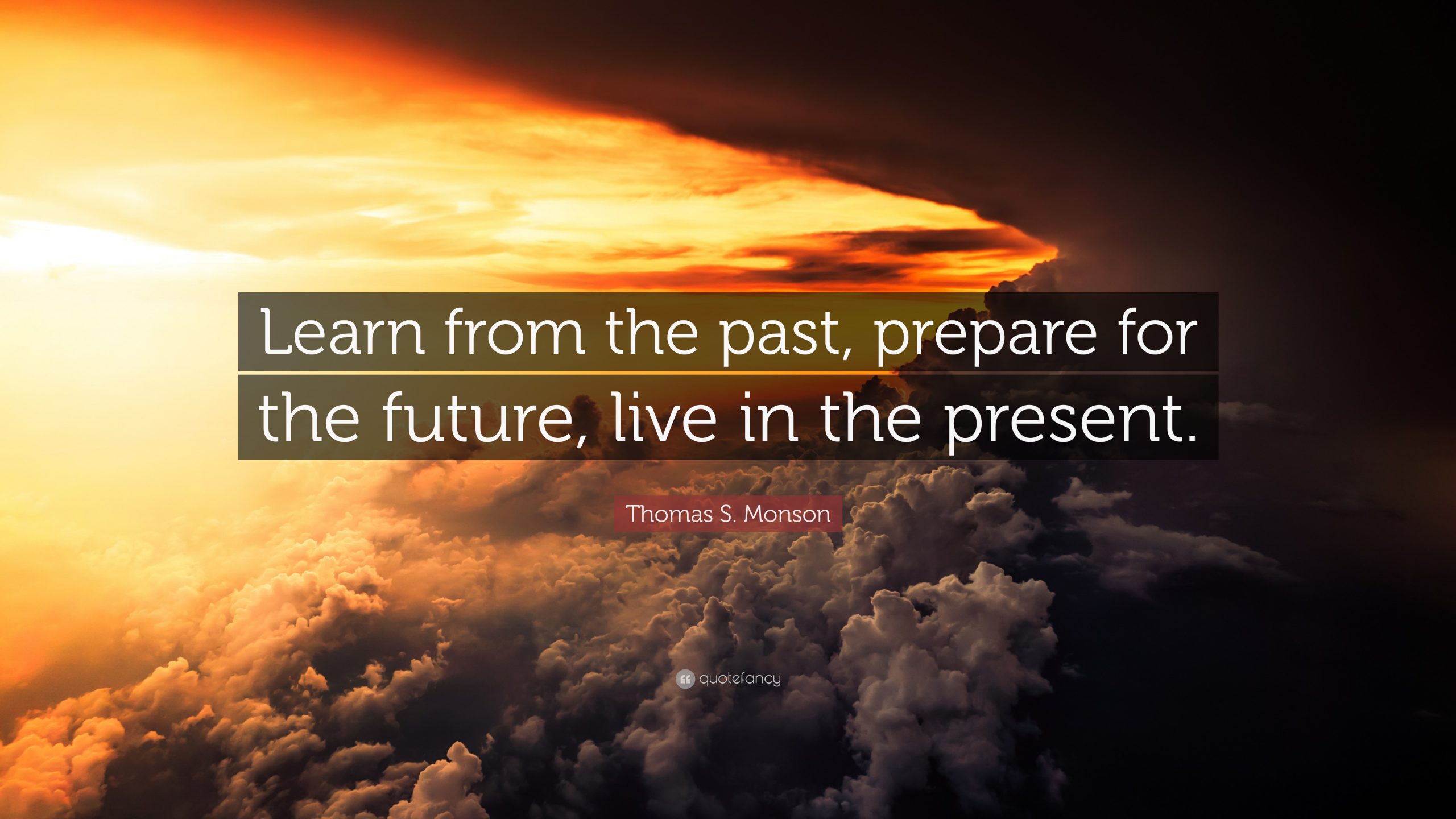Consider the future and learn from the past
To be a strategic thinker, you can’t just consider the present, the day-to-day in front of you. You have to take stock of the future through evaluating trends and identifying possible scenarios, and interpret the past so you can learn from it. Here’s how to master both skills. When it comes to the future, of course, no one’s foresight is perfect. All you can do is guess. But with practice, your guesses can become far more nuanced and informed. One important element is recognizing both macro trends that will impact society, maybe the rise of driverless cars, or 3D printing, and micro trends that will impact your industry specifically. Most people don’t bother to seek out this kind of big picture information.
They’re content to just do their job, and are surprised when disruption happens. But if you stay on top of trends, you won’t be surprised. In fact, you’ll be far ahead of others because you’ll have had years to strategize and adapt, so that when disruption hits, you not only have a plan, but are already implementing it. To effectively monitor trends, it’s important to read voraciously, both general interest and industry-specific publications. It’s also useful to identify people in your life, whether inside your industry or not, whom you think of as particularly well-informed. Maybe it’s a university professor in your social circle, or a guy who works at a think tank, or a magazine reporter you run into at conferences.
If you see that they watch trends closely, make a point of drawing them out. Ask them what’s interesting, or promising, or worrisome to them, and learn from their insights. It’s also useful to engage in scenario building, a process that’s popular with the military. This is mapping out, literally writing down like a story, multiple possible ways that the future could play out. Any individual scenario probably isn’t going to happen exactly as you imagine it, but pieces of multiple scenarios might well happen, and identifying possible weaknesses or opportunities early on can allow you to plan more effectively for them.
Finally, when it comes to understanding the past, it’s important not just to be aware of what happened, but also why. As humans, we’re pretty good at identifying explanations, but a common problem is that, after we find one that’s plausible, we stop looking. Yet oftentimes there’s more than one reason something happened. The company may have gone out of business because the founder made bad hiring decisions, but it’s possible that the product-market fit also wasn’t right, and they relied too heavily on print advertising when they should have done more online.
We can’t let ourselves be content with simple answers if they don’t actually represent the whole story. We need to train ourselves to ask, “Is there more I should be aware of?” Learning to take a holistic view of the past can yield insights that are often hidden to others. Getting good at strategic thinking means we can’t afford to just live in the present. We have to develop a healthy intuition about the future and a clear-eyed understanding of the past.





